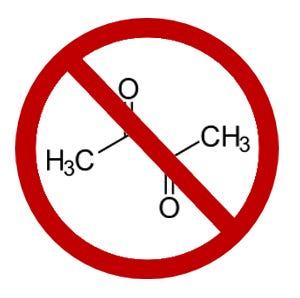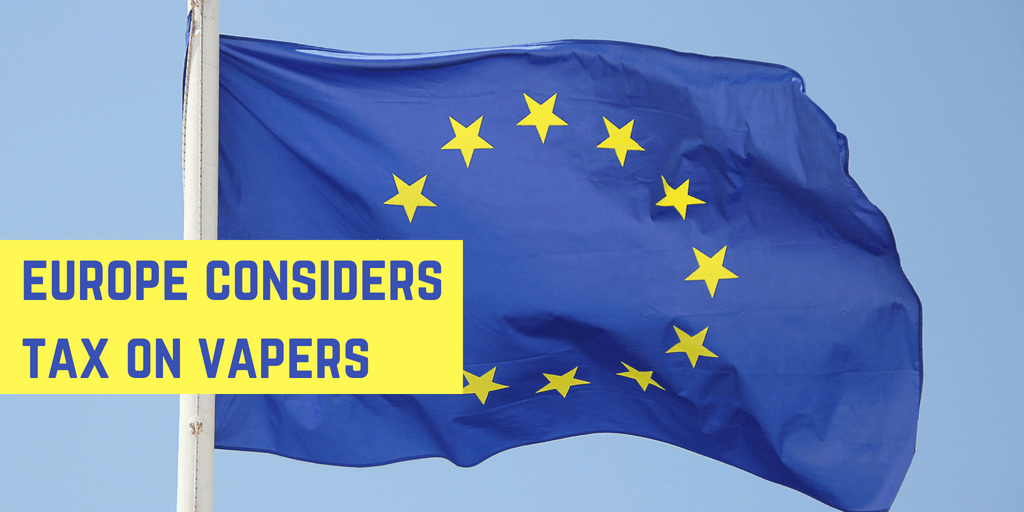THE number of vapers are falling in America, shock new data has revealed, proving its portrayal as a menacing new epidemic by government and anti-tobacco interest groups has been worryingly effective.
About 6.9 million Americans were current users of e-cigarettes in 2017, according to the latest National Health Interview Survey (NHIS), which was a million fewer than the previous year.
The survey, which is the source for the Centers for Disease Control and Prevention's (CDC) national smoking estimates (the nation’s health protection agency), it makes the number of current vapers two million fewer than in 2014, the first year NHIS surveyed for vaping.
Data also showed the number of those currently using e-cigarettes who were former smokers had increased through 2016, but dropped in 2017, from 2.62 to 2.3 million.
Pro-vaping experts, who maintain e-cigarettes are key in helping smokers make the switch away from their deadly habit, are now concerned misinformation in the public domain about vaping has seen the number of vapers tragically decline.
Long-time vaping campaigner, Clive Bates, said of the news: "American anti-vaping extremists are doing well in fighting off the vaping threat to the cigarette trade," while Gregory Conley, president of the American Vaping Association, thought more needed to be done to educate smokers about the benefits of vaping and correct the misinformation they have been fed.
He said following the recent data - which showed not just a decline in vapers but an all-time drop in smokers: "We're almost always reaching all-time low smoking prevalence. If 80% of Americans knew vaping was less hazardous rather than ~40%, we could be even lower today."
Earlier this year, it was revealed Americans' perception of the relative harm of e-cigarettes versus cigarettes, as measured by the National Cancer Institute's Health Information National Trends Survey (HINTS), had risen, with over half believing vaping was just as harmful as cigarettes.
Looking at the numbers from 2013 to 2017 (available here), Bates said: “So what difference did four years of better products, academic studies, journal articles and commentaries, conferences and publicly funded risk communication make? Yes, it caused a deterioration in these already very bad numbers those incorrectly believing e-cigs were just as harmful or worse than cigarettes had risen from 39.8% to 55.4%.
The data comes in the same week the American Cancer Society (ACS) admitted the American public has been misinformed about the dangers of vaping - and is now going to promote it as an alternative to smoking.
The leading health organization has set out in a public statement that it is tobacco, not nicotine, which contains the cancer-causing chemicals and carcinogens and states there's an "urgent need" for consumer education about the risks posed by different tobacco products.
It said in the statement: "Although many Electronic Nicotine Device Systems [such as e-cigarettes] deliver nicotine, flavor additives, and other chemicals, they do not burn tobacco, a process that yields an estimated 7000 chemicals, including at least 70 carcinogens. Thus, public misunderstanding underscores the urgent need for consumer education about the absolute and relative risks posed by different tobacco products and to reinvigorate smokers' understanding of the importance of quitting combustible tobacco."
It also admitted public understanding had "deteriorated" over time and it was keen to help try to rectify the damage done.






Leave a comment
This site is protected by hCaptcha and the hCaptcha Privacy Policy and Terms of Service apply.